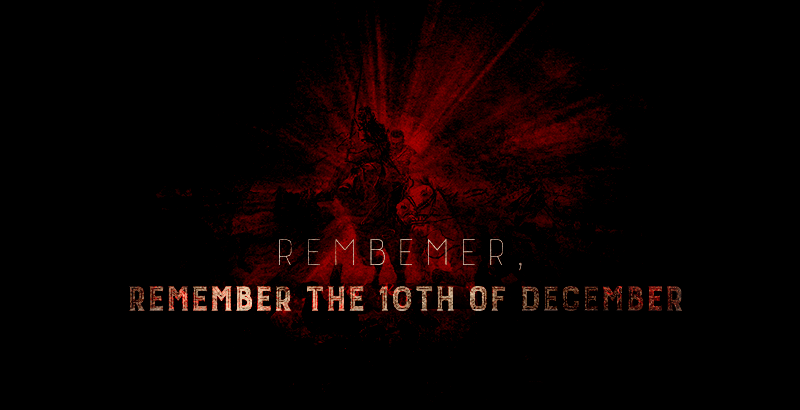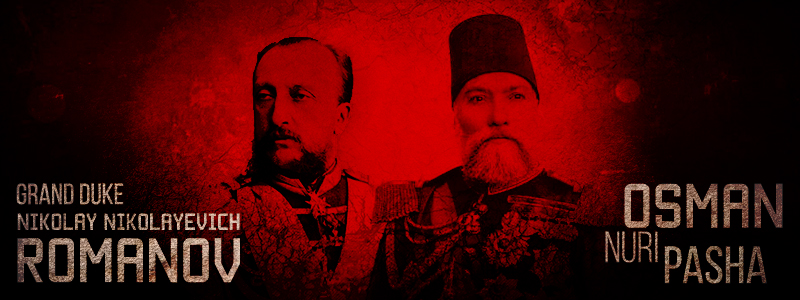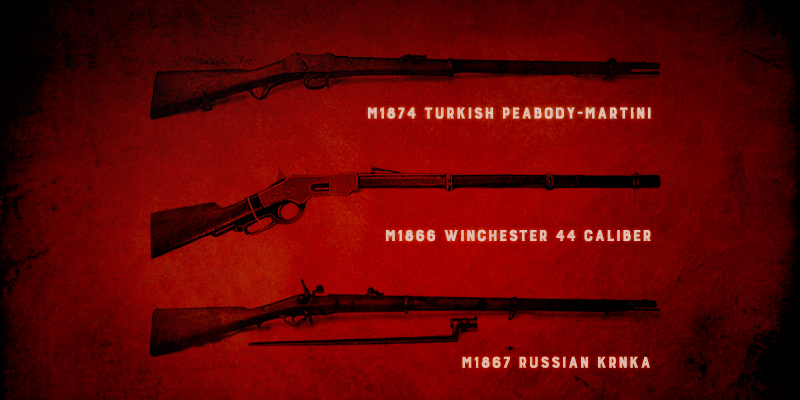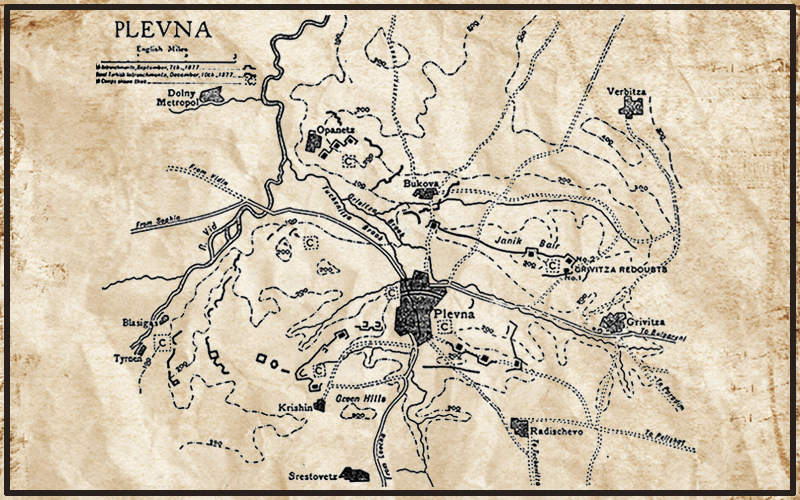Do you think the recent dust-up between Russia and Turkey is a new thing, or that Turkey would not dream of going against Russia? Think again. In fact, there were 11 conflicts between these countries between 1676 and 1878.
The Erdogan’s problem is these conflicts could be hardly called “successful” for Turks.

The Siege of Pleven (sometimes called the Pleven Delay) took place during the Russo-Turkish War 1877-1878. This was the last, and most important of the conflicts.
The battle was fought around the town of Pleven, which is located in today’s Bulgaria, between Russian, Bulgarian and Romanian forces led by Grand Duke Nicholas, and troops of the Ottoman Empire led by Oshman Nuri Pasha (the Turkish Tiger).
Turkish forces of approximately 50,000 were greatly outnumbered by the Russian forces of about 120,000 arrayed against them. The Turks however had the advantage of a strong defensive position which is crucial for the military conflicts of any time.

Turks also had the advantage of superior rifle power. This was the first major military engagement in which the use of repeating firearms had a substantial influence on its battles and in which extraordinarily heavy casualties were repeatedly inflicted.
The standard Turkish military rifle was the M1874 Turkish Peabody-Martini:
At a glance, the Peabody-Martini is very difficult to distinguish from the British Martini-Henry Type I. They differ principally only in markings. Both share the same receiver, three sling swivels (front band, trigger guard and buttstock) similar sights and rod… The most significant difference is that the Turkish rifle is chambered in it’s own unique cartridge, the 11.3x59R, which is known in Britain and America as the .45 Turkish.
The Turks had also been supplied with the M1866 Winchester .44 caliber rifle:
The Turkish Contract Winchester M1866 is an otherwise standard “brass” framed 66 Winchester (although called “brass framed” the receiver is actually a bronze composition) which carries Turkish markings on the left side of the receiver near the buttstock (parallel with the rear edge of the left side receiver). Calibre is also the standard .44 Henry Rimfire, not an especially powerful cartridge for a military rifle, but fully effective enough at close range (within 200 yards).
The Russian forces used mostly the already obsolete M1867 Russian Krnka:
The M1867 Russian Krnka is another variety of lifting breach block conversion of muzzle loader to breach loader. It is Russia’s conversion of their Model 1857 “Six Line” rifle musket (15.24mm; the Russian “liniya” is equal to 1/10 inch, hence 6-line = .60 Cal) by use of the system developed by Sylvester Krnka of Wolin, Bohemia (Czechoslovakia).

The Battle began in July, 1877 after the Turkish forces arrived too late to reinforce the city of Nikopol, which had fallen the Russians on July16, 1877. Pasha settled in Pleven and had time to turn prepare a fortress-like defense with trenches and redoubts.
The siege consisted in a series of four battles:
On the 19th of July the Russians tried to storm the city, capturing several fortifications but the Ottoman counter attacks make the Russians retreat. The Russians lose about 2,800 men dead or wounded, the Ottoman’s casualties are about 2000 men.
In the next days both sides get reinforcements. The whole West Brigade of the Russian army (about 35 thousand soldiers and 184 cannons) is sent, while Osman Pasha gets about 20 000 troops. On the 30th of July the Russians start the second attack on Pleven. The Ottomans repel all of the attacks, causing 7 times more casualties to the Russians.
On the 31st of August, the Ottomans go on the offensive but fail and flee back. After the Russians liberated the town of Lovech on the 3rd of September, they focus 75 thousand troops (23 of them Romanian) outside of Pleven. The command of the Russian forces is taken by the famous general Mikhail Skobelev. The 3rd attack takes place between the 7th and 13th of September. Though outnumbered the Ottomans succeed in holding Pleven, and the Russians stop the attack.

The 13th of September, after the victory of the Russian and Bulgarian forces at the Shipka Pass, both the Russians and Ottomans know that the results of the war would be determined in the town of Pleven. If more soldiers come to reinforce the Ottomans, the Russians could easily be driven back and lose the war. After losing more than 16 000 troops, the Russians change the strategy The command is given to General Eduard Totleben. He besieges Pleven and blocks all roads leading to the town. Osman Pasha has concentrated 50 thousands troops in Pleven while the Russians have more than 120 000 soldiers.
General Totleben says that there won’t be a 4th attack on Pleven. In the next 3 months the soldiers of Osman Pasha are isolated in Pleven. The Ottomans steal all the food and warm clothes of the Bulgarian population. As a result, thousands of civilians die from hunger, sickness or freeze to death.
On the night between the 9th and 10th of December, Osman Pasha tries to break the blockade around Pleven on the Vid river and flee to Sofia. The Turkish command wanted to make Sofia the next Pleven. In the morning the Russians see that the Ottomans are trying to break through the river and at 10:30 am are pushed back. Around 2 pm, Osman Pasha capitulates with 34 thousand troops. He also gives his saber to the Russians.

On the 10th of December after 4 months of siege, Pleven was liberated.
The overall casualties throughout all battles for the Russians and Romanians is about 38 thousand killed or wounded soldiers, and about 15 thousand killed or wounded Ottoman troops. 43338 Ottoman troops surrendered to Russians.
A day after the Russian victory, the Russian Emperor Alexander II entered Pleven and gave back Osman Pasha his saber as a sign of respect.
The liberation of Pleven plays a strategic role in the war, and after the victory the Russian army quickly liberates Sofia and Plovdiv.
In the end of January, the Russian army enters Odrin (Edirne). On the 3rd of March was signed the treaty of San Stefano, ending the Russo-Turkish war. As a result of the treaty, Bulgaria got liberated, and Serbia, Romania and Montenegro got independent. The treaty didn’t last long, as a new treaty was signed in Berlin, which drastically limited the Bulgarian territories.
Reporters marveled at the fact that so few Turks were holding up the entire Russian offensive. The value of the rapid-firing Winchesters was never properly recognized by the press or non-Turkish military men, but in many war rooms around the world, decisions were later made to replace outdated big bore rifles with faster shooting rifles of smaller caliber and higher muzzle velocity. This battle was the first large example of the effects of the repeating rifle in European warfare.





